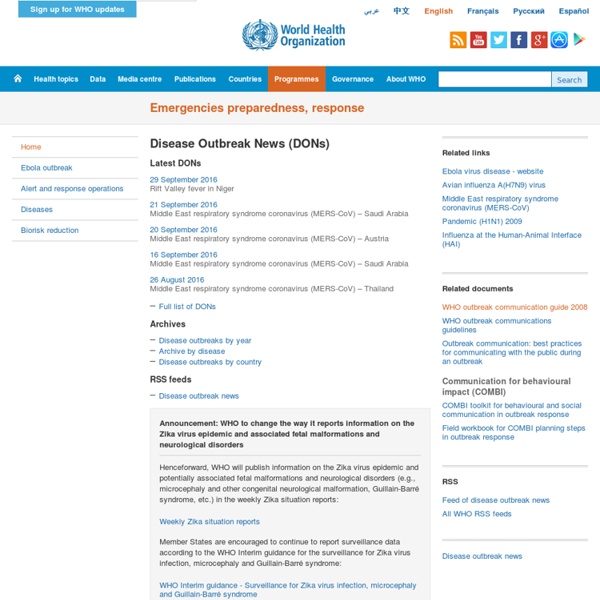WHO

CDC
Salte directo a la búsqueda Salte directo al listado de A-Z Salte directo a la navegación Salte directo al contenido Salte directo a las opciones de la página CDC Home CDC 24/7: Saving Lives. Protecting People <div class="noscript"> Note: Javascript is disabled or is not supported by your browser. Travelers' Health: Travel Safe, Travel Smart Facebook Reccomend Twitter Tweet Share Compartir Vaccines. For Travelers What kind of traveler are you? For Clinicians Special population(s)(optional) Travel Health Notices Visit the travel health notices page to see the full list of travel notices including: Alert Level 2, Practice Enhanced Precautions Updated Polio in Cameroon April 10, 2014 Updated Ebola in Guinea April 10, 2014 Updated Typhoon Haiyan in the Philippines April 10, 2014 Updated Polio in Syria April 10, 2014 Updated Polio in Somalia, Kenya, Ethiopia April 10, 2014 New! Watch Level 1, Practice Usual Precautions More There are no Warning notices currently in effect. Updates More Contact Us:
Related:
Related:



